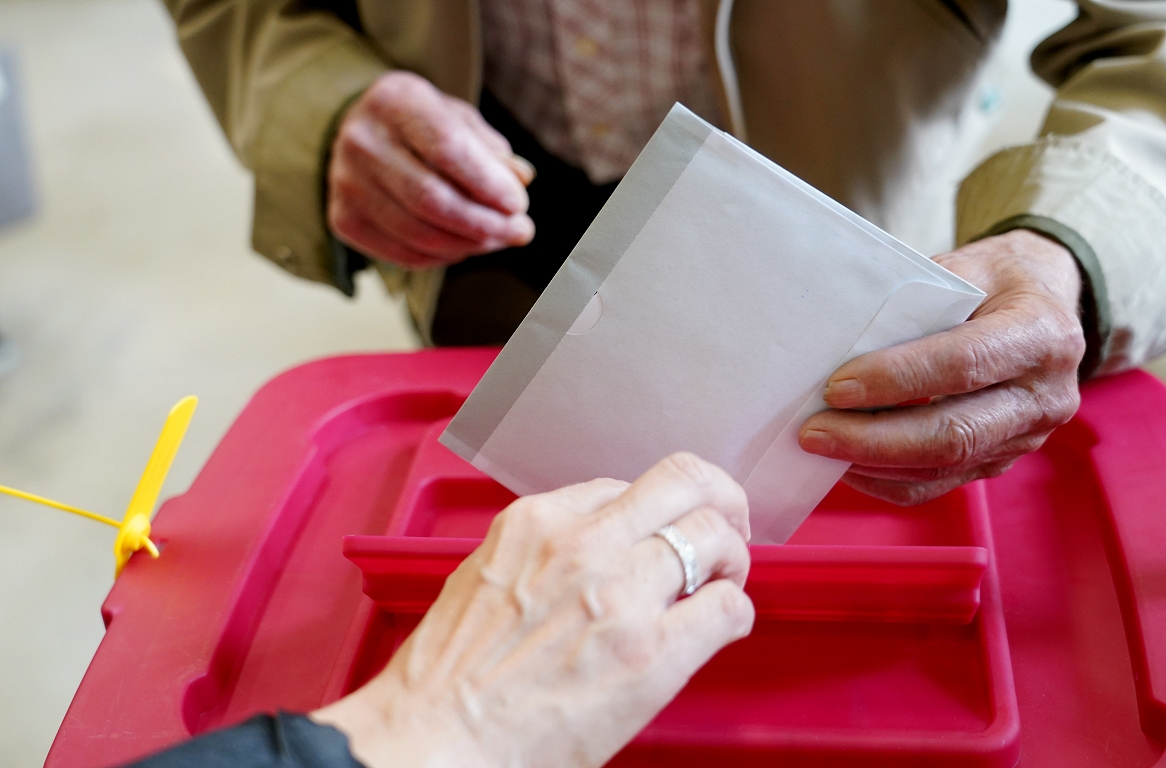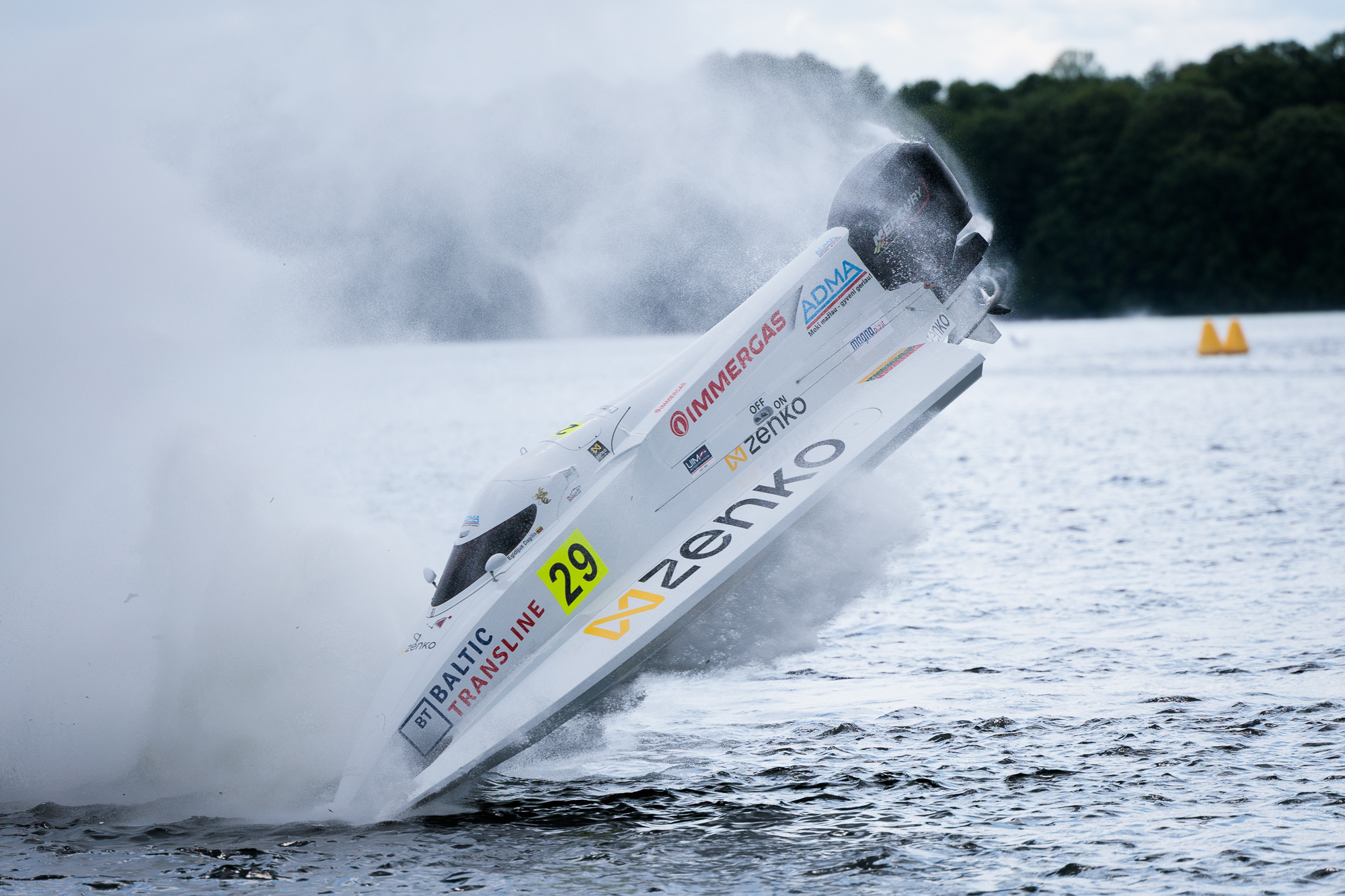Ernst Billgren creates the Hitt Pay Museum at the National Museum

Actually, the first requirement is to get your own exhibition at the National Museum that you are dead. But Ernst Billgren runs around alive with a brush and douts black shoe cream on a large cast wild boar head – or is it a fox?
Few Swedish artists have at least as many foxes behind the ear as he. And they show up everywhere in the exhibition « New Memories ». At Sweden’s proudest Art Museum he has taken a whole hall. There he has recreated his own playfully distorted notion of what an art museum is.
– I think of a Czech rural museum with dark, varnished paintings with crackled surface that mix art from different eras. Ideally, I would have had ladies sitting on chairs, those who guard the works, but which you do not know if they live or are dead.
How did it end up This cat among hermelines at the National Museum?
Well, he says, at a dinner he was placed next to the museum’s then manager Susanna Pettersson. They started discussing the exhibition « Improved Finnish Art History » which he had done a few years earlier at the Atheneum Museum in Helsinki.
– They let the Finns vote for their ten favorite works. Everyone was brown -gray – it may say something about the Finnish soul. I mentioned what was wrong with them, and so I did better variants. The museum was brewed over the criticism, but at the same time they appreciated attention. They got much more visitors. Many wanted to look at the originals, says Ernst Billgren.
The result of the dinner conversation has become the exhibition « New Memories » which opens on April 10. Most of the works are Billgren’s « improved versions » of typical old paintings from any museum, but here are also a couple of paintings that directly refer to classics in the National Museum’s collections. Not least, the artist Gustaf Cederström’s « Karl XII’s equality », which most who visited the museum retained.
Ernst Billgren has made a fairly accurate copy of the painting. For example, he has examined the coats of the Carolines.
– Everyone has different blue colors. Otherwise, it would have been a very flat painting. I have seen the painting many times but never thought about it. That rock has more cobalt, that one is much gray, he says, pointing to the board.
But in Billgren’s version there is a crucial difference to the original. He shows what happens the moment after Cederström’s painting: suddenly, unexpectedly the warrior’s body floats up in the air and the hunter who has just bent his head in grief looks up at the flying king.
– This with Karl XII being carried over the mountains on a stretcher is pure fake. So I’ve improved it. There will be new memories, says the artist who is very pleased with not even missing the two small red spots on the otherwise gray -blue painting; The entrance year in Karl XII’s forehead and blood that drops from the shot.
– They look exactly the same.

It’s the paintings in The exhibition that is « new memories », as we see for the first time. In some booths he has collected his own old memories as a contrast to the new ones. Here are comic books from childhood, a picture of his Russian grandfather, a letter from the Social Democratic former Foreign Minister Anna Lindh, and so on.
– I have extremely bad memory. That is why I save items. Objects can keep a memory. It’s amazing. My painting where Karl XII floats up from the stretcher becomes a new memory for the visitors. But you remember things only once. Next time you remember the memory.
The entire exhibition is A party’s party. The features can be so small that he sometimes has to paint with a nail – no brush is thin enough. When he wakes up in the mornings, he may have five new ideas in his head that must be performed directly. He has tied carpets in India, had a fox sculpture in Thailand and made a museum that will be manufactured by the furniture company Källemo.
« You have really been around, » I say when we are again in front of the Thai fox head in bronze, which in the neck has one for a boat with rough chains – if I remember correctly.
What is the meaning of this one?
– Your guess is as good as mine. I often see things abstract. A large brown shape, then maybe it will be a bear. If you need a small, it will be a fox. I don’t think about it as animals. It represents pictures rather than animals. I’m from Farsta, I’ve never been to the forest. I often get questions about the foxes. I think so much abstract, says Billgren.

Three paintings next to it Each other at first look like quite typical baroque legs in dull colors. If you look closer, it is the same scene that is portrayed in all three pictures, but a chaos and decay escalates step by step. In the third, a dog in golden armor rises from an urn.
– It’s my dog I’ve painted off, says Ernst Billgren contentedly.
On another wall are two medieval landscape images that are teeming with village residents. They are in a completely different style and technology. If you did not know better, you would be pretty sure they were made by Pieter Bruella d ä.
– I discovered that the National Museum lacked some good work from him, so I did a couple.
He says that the Bruel Pasters taught him that the light does not come anywhere in from the master’s paintings.
We stay in front A work entitled « The Stone Horse ». In a 19th century romantic, dramatic landscape, a horse is built of stones ashore at a beach at night.
Your works have titles and seem to tell a story. Do they do that?
– I have no imagination. It looks like a story. But I don’t know it. Afterwards, I can guess that this is the Trojan horse. Although they have misunderstood and built it in stone instead. I have never seen myself as an artist really, rather as a scenographer. What I do represents paintings and art, this represents an exhibition at the National Museum.

The idea of painting a horse in stone, how does it arise?
– That’s a good question. I have very little to say about in my artistry. I understood early on that you cannot start from others. Because they are stuck in their image conventions. I can’t start from myself either, because I’m stuck in my conventions. So I don’t start from myself.
– Modernism is so much about the self. You have to have your own language and express yourself. Pictures have been made for a hundred thousand years without that self being central. I feel freedom not to have to start from me. I can do anything.
He says the premise Creating a fictional dusty art museum has been fruitful. It is important to set limits on their ideas. As a child, nothing was more limiting to creativity than when the teacher said, « You have to paint what you want. »
– Freedom means that you have to start from yourself and it is such a damn narrow niche. If your freedom is limited, you can do anything. This is something that has grown for a long time, before the exhibition. But here it has been able to bloom. That I do not put myself at the center as an artist for my art. I have removed myself as a damn dictator.

In these times when Sweden is to be given a common cultural canon, your exhibition may lead the mind to the museum as creator of canon. What do you think of canon? What would a Swedish art cannon look like?
– It looks completely different to all people. We do not live in each other’s universe. It is not even possible to imagine what the universe other people live in.
You mean it is difficult to create a common cannon for the whole community?
– Yes, good luck! My cannon is very own, very essential to me. If anyone has a completely different cannon that is essential to them, just congratulate them. It is not the quality of one’s performances of a culture that is interesting, but what energy and power you can get from it. That it would be common sounds very strange.
Read more about art.







/s3/static.nrc.nl/images/gn4/data133306995-b21914.jpg)